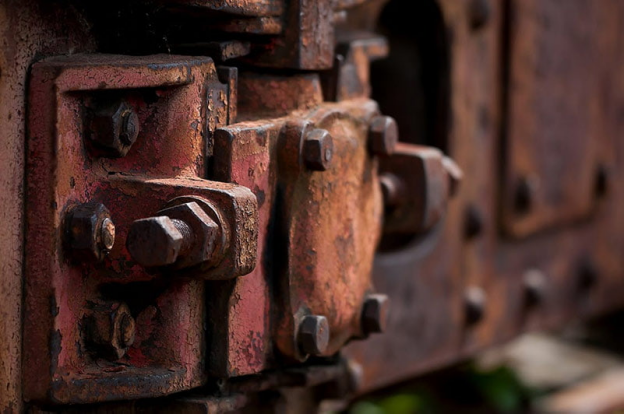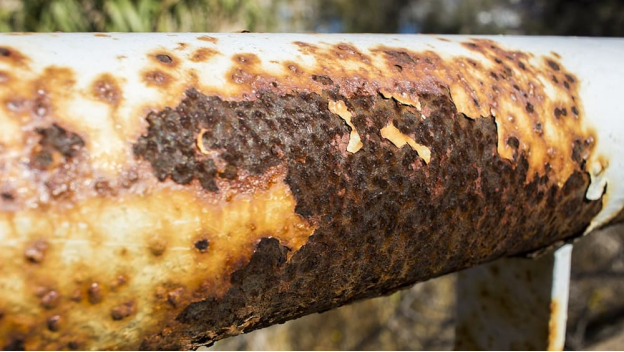Metals deteriorate over time. Corrosion prevention methods should be implemented to protect the surface from adverse effects of its interaction with oxygen, dirt, and other organisms. Effective methods of preventing corrosion to occur are cathodic protection, barrier coating, hot-dip galvanization, aluminum nitrate addition, and alloyed steel. Each has its pros and cons. Be sure to choose the best method that applies to your needs.
Types of Corrosion Prevention Methods
Cathodic Protection
Cathodic protection is a highly effective way of corrosion prevention. This occurs through the electrochemical process. With this method, the whole metal surface becomes passive to corrosion. The reaction will occur on sacrificial anodes that are near the surface. These anodes need to be inspected regularly to check the amount of loss. Replacement of the anode should be done to prevent corrosion on the metal surface.
Barrier Coating
This is the most inexpensive method of preventing corrosion of the material. You have a lot of chemical mixtures to choose from. You can utilize paint, powder, or even plastic. The coating prevents the reaction between the outside environment and the metal from interacting together to cause corrosion. Water and other types of chemicals do not reach the metal surface as the coating acts as an inhibitor. This helps in extending the life of the metal.
The main downside with this type of method is that barrier coatings need to be eventually stripped because of their deterioration over time. You will need to reapply a fresh coating. Failure to do so will cause corrosion of the metal surface.
Hot Dip Galvanization
Another process of corrosion prevention is hot-dip galvanization. This process involves the immersion of metal such as iron and steel into molten zinc. Just like any type of corrosion prevention, hot-dip galvanizing requires surface preparation of the metal. Degreasing should be done to remove any residues that may have stayed on it. Take note that zinc will not combine with the metal if there is any dirt upon immersion.
After surface preparation, the next step is galvanization. The iron in the steel reacts with zinc to create a layer of protection for the metal. Be sure to inspect the finished product to make sure that no corrosion takes place.
Aluminum Nitrate Addition
To protect metals and other devices from corrosion, companies also use a method called aluminum nitrate addition. It is formed through the combination of aluminum trichloride and nitric acid or aluminum sulfate and lead nitrate. Aluminum nitrate acts as a corrosion inhibitor to protect the material from deterioration due to elements.
Machinery and other equipment use aluminum nitrate to protect their parts from corrosion. Although aluminum nitrate is noncombustible, you still need to take caution because this substance can increase the phase of combustion.
Alloyed Steel
Technology allows the steel to be transformed into a more robust and durable kind of metal. Alloyed steel is stronger and more resistant to corrosion because of adding other metals to it. Nickel, when combined with steel, produces protective qualities that decrease the effects of chemicals on metals. This means corrosion protection is achieved through the creation of alloyed steel.
Although very effective, alloy steel can be very costly to make. You would need to justify the expenses with the possible amount of losses you will incur if you will not use alloyed steel.
Environmental Control
Another way to prevent corrosion from occurring is by controlling the environment where the metal is. Removing the exposure of the material to water or moisture can reduce corrosion. You can also control the amount of oxygen and chlorine that interacts with the material.
Conclusion
All the methods listed above are effective in corrosion prevention. But the level of protection differs based on the process used. Make sure to choose the right corrosion prevention method needed by the metal that you want to protect


